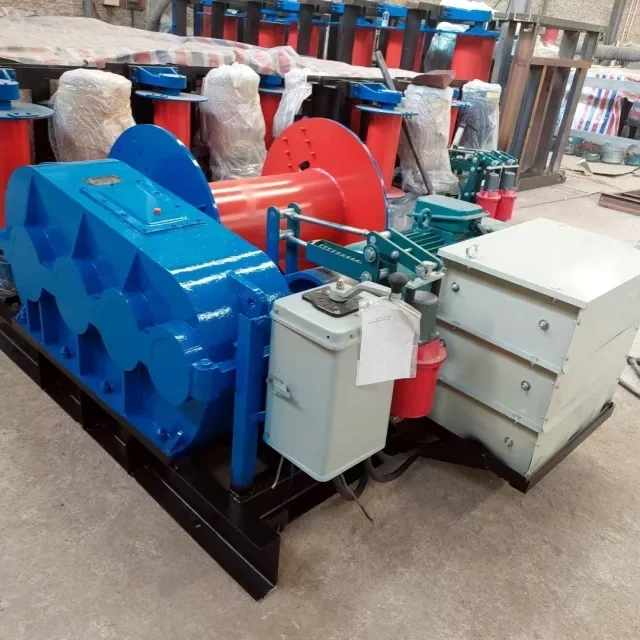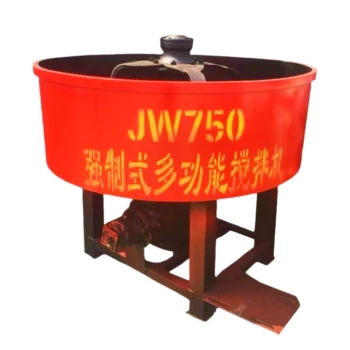When selecting an electric winch, understanding its core components isn’t just technical trivia—it’s the key to unlocking reliability, efficiency, and safety in demanding applications. Whether you’re lifting heavy construction materials or navigating off-road recoveries, each part plays a critical role in performance. Here’s how to decode these components and make informed choices.
Electric Winch Components and Their Functional Roles
How the Motor Type Affects Power Efficiency
The motor is the heart of an electric winch, converting electrical energy into mechanical force. Two primary motor types dominate the market:
- Series-Wound Motors: Deliver high torque at low speeds, ideal for heavy loads but consume more power.
- Permanent Magnet Motors: More energy-efficient and compact, suited for intermittent use (e.g., recreational vehicles).
Pro Tip: For industrial settings with frequent heavy lifting, series-wound motors outperform due to their thermal resilience. Ever wondered why some winches overheat faster? It’s often tied to motor design.
Brake Systems: Safety and Load-Holding Mechanisms
Brakes prevent uncontrolled load release, and their design impacts safety:
- Dynamic Braking: Uses the motor’s resistance to slow the drum (common in electric winches). Low maintenance but less effective for holding static loads.
- Mechanical Braking: Physical brake pads engage automatically when power cuts off (e.g., electromagnetic brakes). Essential for vertical lifts where load slippage is dangerous.
Case in Point: Industrial winches prioritize mechanical brakes for fail-safe load retention, while dynamic systems suffice for lighter, horizontal pulls.
Gearbox Design and Torque Optimization
Gearboxes amplify motor power, and their ratios dictate speed vs. strength:
- Low Gear Ratios (e.g., 10:1): Faster line speed but reduced torque—ideal for quick, light-duty tasks.
- High Gear Ratios (e.g., 20:1): Slower operation but greater lifting force, critical for heavy industrial loads.
Visualize This: Like bicycle gears, higher ratios make lifting easier but require more rotations. Dual-speed gearboxes offer flexibility, blending both worlds.
Selecting the Right Winch for Your Needs
Matching Drum Capacity to Load Requirements
The drum’s cable capacity and diameter directly affect usability:
- Small Drums: Lighter and portable but limit cable length (e.g., ATV winches).
- Large Drums: Accommodate longer cables for deep pulls but add bulk.
Rule of Thumb: Ensure the drum holds at least 1.5x the cable length you need to prevent end-of-line overloads.
Frame Material and Environmental Resilience
Winch frames endure stress and environmental exposure:
- Aluminum: Lightweight and corrosion-resistant for marine or humid environments.
- Steel: Heavy-duty but may require coatings (e.g., powder coating) to resist rust in harsh conditions.
Ask Yourself: Will your winch face saltwater, dust, or extreme temperatures? Material choice dictates longevity.
Case Studies: Industrial vs. Recreational Winch Configurations
Industrial Winch (e.g., Construction Sites)
- Motor: High-torque series-wound
- Brake: Mechanical fail-safe system
- Gearbox: 20:1 ratio for heavy loads
- Frame: Powder-coated steel
Why It Works: Built for constant use, with components prioritizing safety and durability over portability.
Recreational Winch (e.g., Off-Road Recovery)
- Motor: Energy-efficient permanent magnet
- Brake: Dynamic braking
- Gearbox: Dual-speed (10:1 and 20:1)
- Frame: Anodized aluminum
Why It Works: Balances power and weight, with quick operation for sporadic use.
Conclusion: Actionable Takeaways
- Prioritize Component Synergy: A winch is only as strong as its weakest part—ensure motor, brake, and gearbox align with your load and frequency needs.
- Environment Matters: Choose materials (steel vs. aluminum) based on exposure to elements.
- Test Before Commitment: If possible, verify the winch’s performance under conditions mimicking your typical use.
For tasks demanding rugged reliability, explore Garlway’s winch lineup, engineered to integrate these principles for real-world resilience. Whether you’re securing a construction site or conquering rugged terrain, the right components make all the difference.
Related Products
- Electric and Hydraulic Winch for Heavy Duty Applications
- Electric 120V Boat Winch by Badlands
- 12000 lb Heavy Duty Electric Boat Winch
- Electric Hoist Winch Boat Anchor Windlass for Marine Applications
- Heavy Duty Electric Boat Winch Windlass Anchor
Related Articles
- How Winch Technology Solves 5 Critical Heavy-Load Challenges
- How to Choose the Right Winch for Heavy-Duty Applications: A Scenario-Based Guide
- How Quick Winch Rope Speed Transforms Industrial Efficiency
- How Winch Design Powers Reliability and Adaptability in Demanding Environments
- Hydraulic Winches: When Heavy-Duty Power Justifies the Investment




















